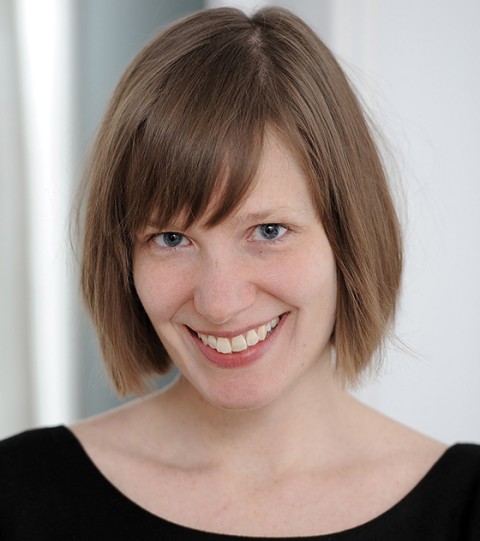Questions for Carlene Bauer

Read Frykholm's review of Bauer's novel.
Your book tackles sophisticated theological themes. What is your own religious background?
I was raised evangelical in south Jersey. My mother became, in the late 1970s, what we now know as “born again.” My dad was Catholic. As a child, I thought Catholicism was something you did without thinking about it—an ethnicity rather than a faith. My dad was basically disinterested in religion, but he still wanted us to go to mass with him occasionally.




